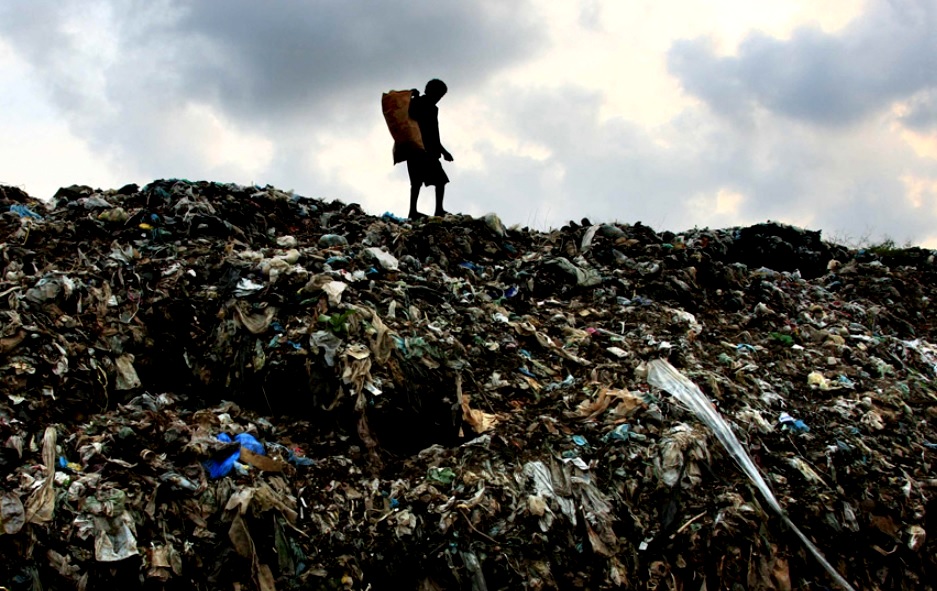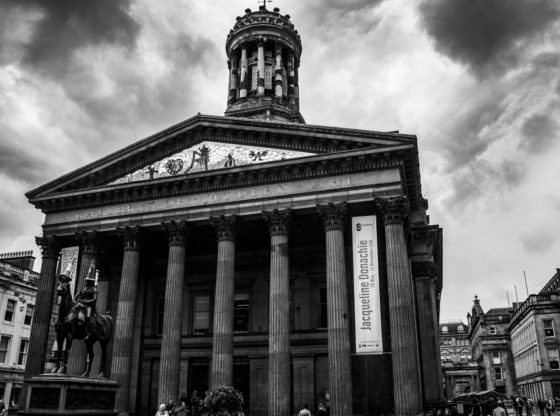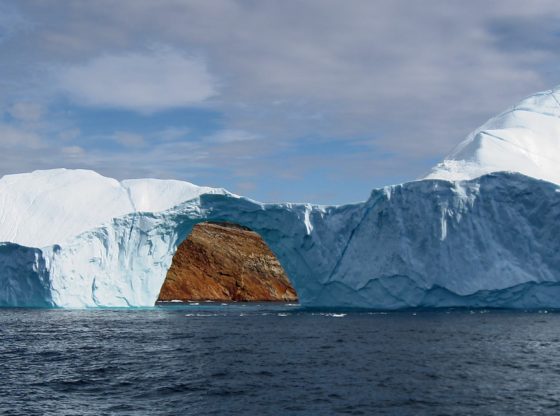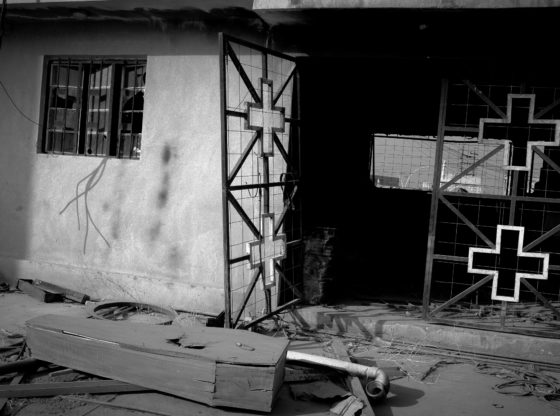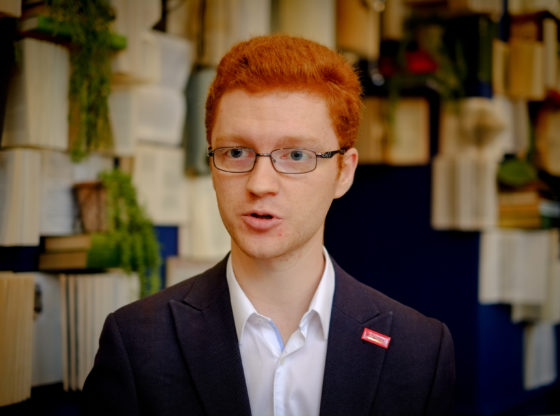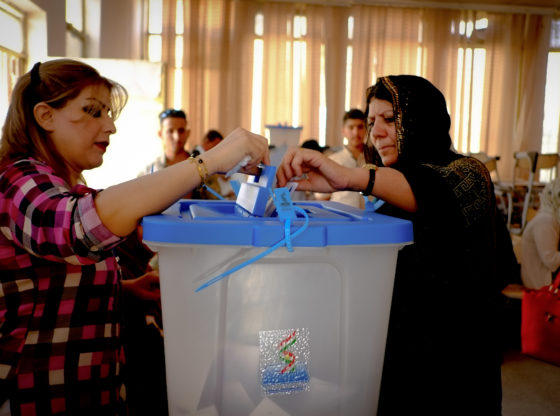In this article, Stuart Cosgrove reflects upon the Meethotamulla garbage dump disaster in Colombo, earlier this year. It was, he argues, the consequence of rampant capitalist development that pays little heed to environmental consequence, and which presents as much danger as it does opportunity to the world’s poor.
There can be no death as suffocating, as sad and as darkly reflective of the era we live in, than dying in a mass of festering garbage as it engulfs your home. To be choked to death by old plastic bags, snagged in baby nappies and rotten food-waste is, in a very real and horrific sense, death by consumption.
In a country wearily accustomed to both tragedy and atrocity after decades of civil war, the deaths of 32 people in the disaster at Meethotamulla in Colombo - Sri Lanka’s largest city - in April 2017 came as a devastating comment on the unrestrained pace of the city’s urban development. This was a very global tragedy, one of growth outstripping infrastructure, and one of foreign capital triumphing over local needs.
Meethotamulla was man-made. Not even in a fiercely religious country like Sri Lanka has anyone tried to claim it was an Act of God. It was, by every measurable criteria, a disaster predicted to happen, and none of the responsible authorities could claim they were unaware or even taken by surprise. There are parallels with the Aberfan disaster in the coalfields of South Wales but with one fundamental difference: the residents had not just warned of impending disaster; they had filed a human rights case against the Colombo municipal council at the Sri Lankan Supreme Court. The Court had instructed the local council to stop dumping garbage on the site and required compliance within a two-year period, limiting the garbage dump to two acres of waste. Despite all of that, the rotten garbage kept piling up, until it was an Everest of festering waste, teetering high in the air and sitting uneasily like an avalanche waiting to fall. And then the rains came.
Despite all of that, the rotten garbage kept piling up, until it was an Everest of festering waste, teetering high in the air and sitting uneasily like an avalanche waiting to fall. And then the rains came.
As the sludge slid down, contaminated waters flooded homes and over 1,200 people were displaced. The memories of the families of the bereaved and those that only barely survived are shaded with recrimination. Their running water was near-poisonous, hundreds of school children in the area had complained of skin diseases, and mosquitoes had infested many homes. Although Sri Lanka is now technically free of malaria, Dengue fever was rife in the homes surrounding Meethotamulla. One former resident told the Sunday newspaper The Leader: “We constantly suffer from poor health conditions caused by the garbage dump. Most residents have contagious diseases. Almost all the children suffer from asthmatic conditions.”
COLONIAL ECHOES
There is an unrelenting global context to the asthmatic children of Meethotamulla and it is not simply the ecology of a fragile planet. Sri Lanka is in a geo-political quandary and always has been. A former British colony once known as Ceylon, it has had at least three epochs of colonialism, firstly occupied by the Portuguese and then by the Dutch, who built many of its remarkable forts and battlements.
As a British colony, it was seen largely by the bureaucrats of distant British nationalism as a clerical department of India, until its independence in 1948. Ceylon’s colonisation was led largely by Scots, who built lucrative tea plantations that carried the reputation of Ceylon tea around the world. It was in this era that the tea-planters manipulated the inward-migration of Tamil labour that at least in part created a legacy of ethnic division which has fermented ever since.
Britain is no longer of any great relevance. The tangled modernity of the island now sees it geographically positioned between two of the greatest super-powers of the current era - India and China. And that brings us full-circle back to infrastructure and the root causes of the Meethotamulla tragedy.
DEVELOPMENT: BUT FOR WHOM?
Colombo is a city that is transforming like no other. The pace of change is hectic but it is changing for the benefits of the country’s elite rather than the wider and still largely rural population of Sri Lanka. The focus of strategic development - like Crossrail, the Heathrow extension plans and the Olympic Games developments in London - have tended to map around the insatiable needs of a over-demanding capital city. Skyscrapers owned by foreign hotel chains have sprouted up across the capital. A new network of motorways now fast-track cars from the airport to the city centre and down to the tourist beaches near the southern town of Galle.
There is a very Scottish dimension to the engulfing development too. A new road system called the Colombo Plan Road, now re-christened Marine Drive, thrusts up and down along the beach area known as Kinross Beach, a name derived from the Scottish tea-fields of the past. Only a few months ago the bulldozers laid waste to the famous Colombo Club Swimming Pool, to extend the road up into the city, destroying the grand old pool where David Wilkie, the Scottish Olympian was taught to swim.
To trump them all, a huge land-reclamation project called the Colombo port city projects is already stretching out like the Dubai palm, creating one of the world’s biggest container ports. It is an ambitious and deeply divisive project fuelled by $1.4 billion of Chinese money. The myth-spinners call it the ‘New Silk Road.’ But stripped of its maritime romance, it is a man-made port, where giant tankers dock as they transport fake Christmas trees, fidget spinners, and silicone snore-stoppers from the belching factories of China. It is, according to one cynic, where “they send stuff you don’t need, but you don’t realise you don’t need it until next Christmas.”
A GROWING WASTE CRISIS
Unfortunately as cities grow, so too does waste but the science to control waste still lags behind the need to create it. Meethotamulla has joined a global network of slum-dumps. In the Philippines, Smokey Mountain is one of Manila’s most impoverished slums and home to the largest dumpsite where over 25,000 people pick up garbage for a living. The Gramacho dump, once one of the biggest landfills in Latin America, exists beneath the feeding grounds of flocks of vulture: black, hovering , and ominous. All three are being replaced or re-imagined but progress is slow and human waste seemingly relentless.
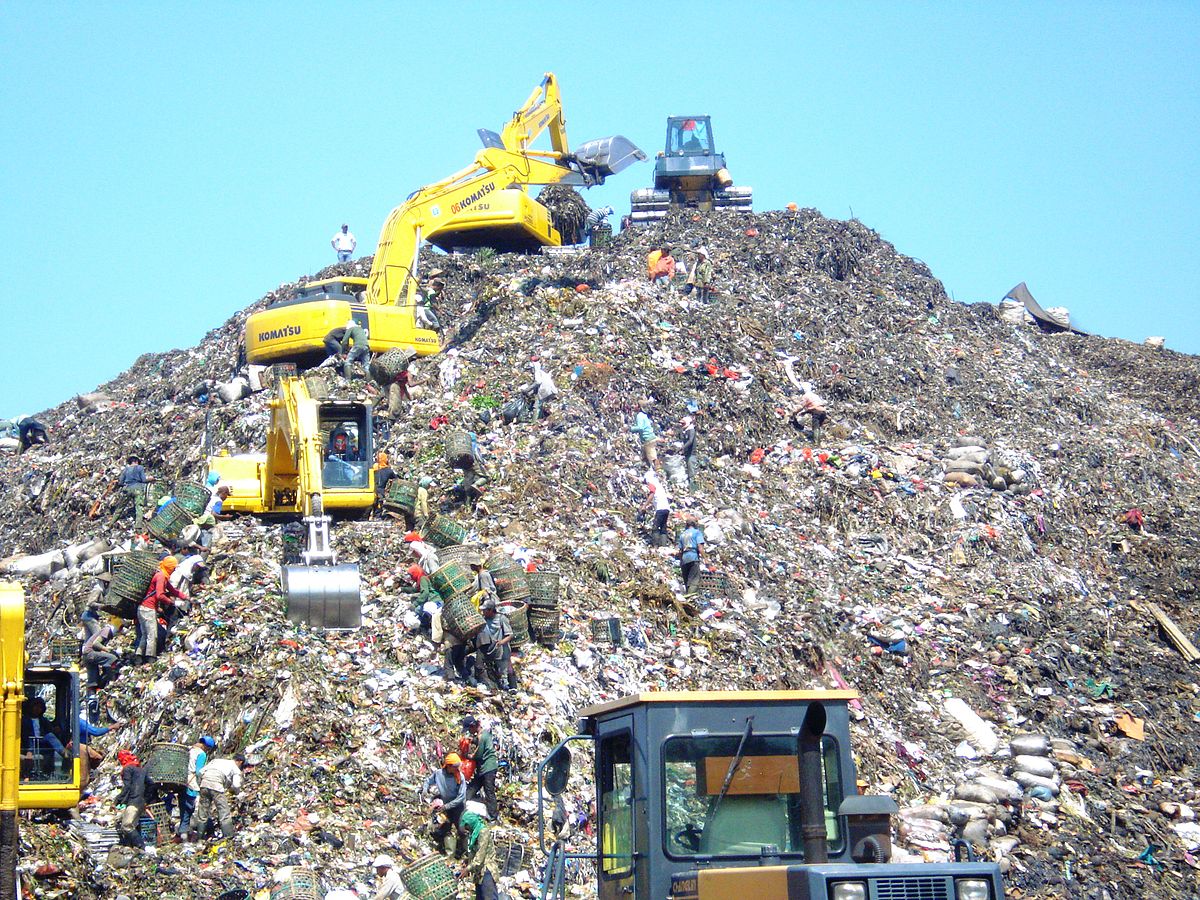
Around 800 tons of garbage is dumped on the Meethotamulla site on a daily basis. Unsurprisingly, a scavenger economy had grown up on the dump, from kids who worked the waste to find discarded items they can sell, to a recycling firm that buys plastic from the local council at 35 rupees per kilo. Pathum Neranjana, a supervisor of one of the bigger plastic re-cyclers told a local newspaper: “There are several small-scale companies who collect plastic from the dumpsite. We are one of the biggest companies and we have been collecting plastic from the site for over 10 years.”
It is one of the deepest ironies of all that whilst most residents protested against the dump, others wanted to see it grow bigger in order to protect their meagre income. Death shifted the balance of debate.
It is one of the deepest ironies of all that whilst most residents protested against the dump, others wanted to see it grow bigger to protect their meagre income.
According to Iromi Perera, who works with the Centre for Policy Alternatives, the deaths there were the inevitable consequence of unrestrained development. “Soaring almost 200 metres high and spread over a vast area, the Meethotamulla dump was a veritable death sentence for those who had no choice but to live in its ominous shadow. Labelling it a ‘disaster’ is misleading because it did not just happen, it was allowed to happen; the hazard of a garbage dump came to the community in Meethotamulla and not the other way round.”
Nor can any of the authorities - local or national - ever claim they were not aware of the impending problems. Some locals had protested at the site and had been lashed back by police sent to quell protests others had written to the authorities about how they feared being killed by the dump, as the slept in their own homes.
In an eerie version of a ‘Chronicle of a Death Foretold’ the letters of complaint, easily dismissed at first, and left half-hidden on the desks of local council clerks, soon became deafeningly true. It is a crying shame that they were never acted upon, and never really taken seriously.
Stuart Cosgrove is a writer and broadcaster. His wife is Sri Lankan. Stuart is the author of Detroit 67 and Memphis 68, the first two parts of a soul trilogy that he will complete next year. He presents Off the Ball on BBC Radio Scotland.
Feature image: a lone figure looking for salvageable garbage at the Bloemendhal garbage dump in Colombo. Image: Newsfirst

